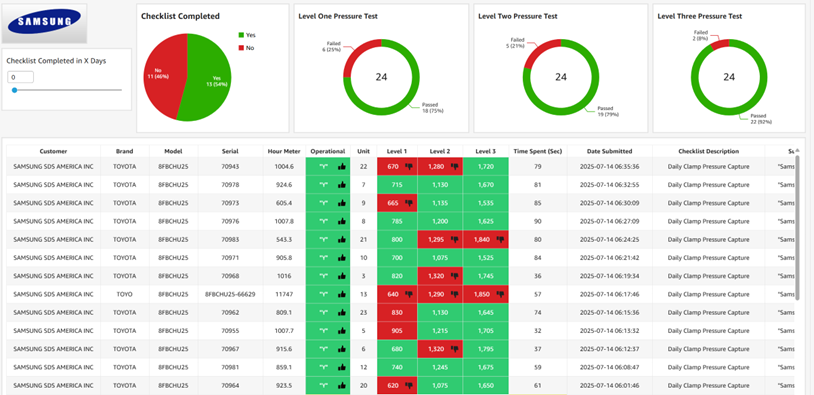Top Tips for Successfully Managing Maintenance Contracts (Part 1 of 2)
- Rick Cobb
- Mar 6, 2024
- 3 min read

4 Keys to Reducing Costs and Strengthening Customer Relationships
by Steve Ross, Greg Mann
Part 1 of 2
Whether you call it Full Maintenance, Comprehensive Fleet Maintenance, or a myriad of other names, managing fixed-price maintenance contracts is critical to continued success for the dealer and customer. Let’s look at four ideas we used to reduce costs for the service provider and enable competitive contract pricing for the customer.
1. Bill Warranty or Bill Yourself
An often-underutilized cost-saving factor is the level of factory warranty support available to the dealer. Most manufacturers offer an additional warranty that will aid in cost reduction. Some have Dealer Support programs if units are enrolled in maintenance contracts to assist in long-term major component warranty. Other manufacturers offer additional warranty coverage that can be used to cover the costs of major component failures. Take advantage of any additional warranty coverage offered by the manufacturer.
After maximizing warranty coverage, the next challenge is ensuring the field utilizes the cost support program. Often, field technicians are unaware of a unit’s warranty coverage. They focus on operationalizing the unit, tracking their time, documenting their activity, and rushing to the next call. Warranty status gets lost in the shuffle, causing some dealers to bill technician time to the customer when the unit is actually under warranty (or vice versa). The easier it is for the technician to identify the warranty coverage status, the better their chance of communicating and utilizing that coverage.
2. Partnering with Your Customer
Operator-induced repairs are viewed as a cost to the customer yet lead to unrecognized costs to the maintenance provider as well. When an operator damages a lift, the dealer bills the customer for the repair and believes the entire cost is captured. The unseen, downstream impact takes a toll on equipment that will not materialize for some time. The dealer will end up absorbing those costs.
One example of unseen damage occurred at a high volume, pressure-treating lumber operation. Operators of a large fleet of forklifts handled large loads. The demands of the production schedule inherently led to operator errors. The dealer noticed a higher cost per hour outside of the direct damage cost…costs that did not occur in other fleets with similar equipment. They found abnormal cylinder leaks, hose failures, and steer axle bearing failures which were not easily attributable to the demanding nature of the operation at the time of the damage repairs.
Building a partnership with the end user to reduce upstream damage will not only save them direct repair costs, but it will also save the dealer future unrecoverable repair costs. One idea to build that partnership is to provide periodic reviews of damage costs followed by jointly creating a plan to help reduce damage incidents. Awareness helps reduce minor damage and may be all that is needed. Being creative is key to reducing widespread damage and will benefit both parties.
A large office supply company we meet with quarterly to review costs began experiencing increasing “No Fault Found” service calls. Partnering with the facility's operations manager, we discovered that most of these were down truck reports from the third shift. Focused oversight by the third shift supervisors confirming the truck was actually out of operation and in need of repair led to productivity increases and incident rates falling back to normal levels.
Another partnership idea is sharing the cost of a customer safety incentive. That may be enough to reduce damage incidents, resulting in cost savings for the customer and dealer. Don’t be afraid to spend a little upfront to reduce costs in the future. Everyone wins, and the relationship with the customer will grow stronger.
Remember the lumber yard with a high misuse rate? We partnered with the management team and started conducting a monthly fleet inspection. The two operators with the best-looking trucks each received a $50 gift card. Operators began applying touch-up paint and even waxing the trucks. It follows that operators who wax the forklifts are far less likely to abuse them. For $100 and a couple of hours of time, we reduced the customer’s cost per hour to maintain the equipment. The successful partnership was a huge success, earning us a loyal customer.
We'll share 2 more ideas for strengthening customer relationships in Part 2 including the single most significant contributor to the cost of operating a fleet.







Comments